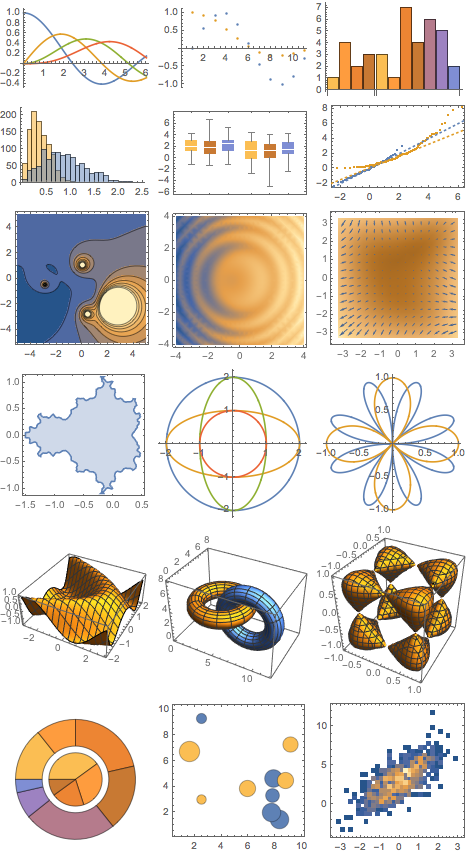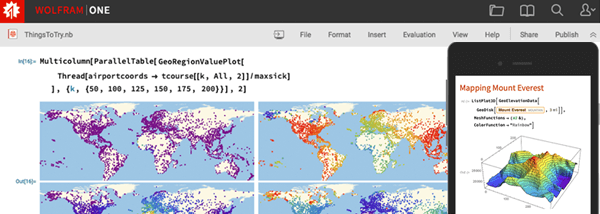
361) concluded: “If we are to make richer use of the metaphor, we must focus clearly on the communicational dynamics at the heart of successful scaffolding of children’s learning.” Connections between scaffolding and dialogic teaching have been noted by many (Bell & Pape, 2012 Bliss et al., 1996 González & DeJarnette, 2015). Why dialogic teaching? One of the key mechanisms of what could make scaffolding productive is dialogue. In order to do this we complement and contrast scaffolding with dialogic teaching. Thus what is important is both empirical work on its effectiveness and theoretical work of what counts as scaffolding and what may be implicit in various accounts of this idea. The metaphor of scaffolding as providing temporary adaptive support is attractive, but the metaphor itself has also been criticized (for a seminal overview see Stone, 1998a, b). For example, it has often been argued that the notion of scaffolding has become used so broadly that it does not mean more than support (Pea, 2004).

Moreover, scaffolding has been argued to be an integrative concept (Estany & Martínez, 2014), which is desirable given the relatively isolated bodies of literature on related topics such as adaptivity, formative assessment or dialogic teaching.Īlong with the power and popularity of the concept of scaffolding it is important to explore also the differences with related concepts. Yet the research on scaffolding in mathematics education is growing rapidly, hence a special issue and a review study on this topic seem timely. 2010) but not specifically in mathematics education. There have been several special issues on scaffolding in education (Azevedo & Hadwin, 2005 Davis & Miyake, 2004 Elbers, Rojas-Drummond, & van de Pol, 2013) and review studies (Belland, 2014 Belland et al., 2015 Lin et al., 2012 Van de Pol et al. This special issue of ZDM Mathematics Education is about scaffolding and dialogic teaching in mathematics education. We argue that scaffolding has the potential to be a useful integrative concept within mathematics education, especially when taking advantage of the insights from the dialogic teaching literature. We critically discuss some of the issues emerging from these reviews and provide some recommendations. This is complemented with a brief review of the recent literature on dialogic teaching. Then we present a review study of the recent scaffolding literature in mathematics education (2010–2015) based on 21 publications that fulfilled our criteria and 14 articles in this special issue that have scaffolding as a central focus. First we define and characterise scaffolding and dialogic teaching and provide a brief historical overview of the scaffolding metaphor. You're ready to use Mathematica and you can save notebooks to your onid account.This article has two purposes: firstly to introduce this special issue on scaffolding and dialogic teaching in mathematics education and secondly to review the recent literature on these topics as well as the articles in this special issue. Find Mathematica by clicking on: Start (windows logo) → All programs → Mathematics → Mathematica → Wolfram Mathematica 7.
MATHEMATICA 7 NOTEBOOK IN MATHEMATICA 10 DOWNLOAD
Download the remote desktop client if you don't already have it, and log on to Umbrella according to the instructions on the page. OSU students can use Mathematica via this interface. You can run notebooks (.nb files), but you can't create new files or new content. A remarkably powerful piece of software.įree Mathematica Player. Enter equations into the box in the window and get instant results.

WolframAlpha - a Mathematica-based computation engine. Very helpful with a mutlitude of ways to learn. This has a much wider range of information than the link above (which can be reached from this page).

The “Mathematica Basics” by Jon McLoone is also helpful. They are 4 min, 10 min, 7 min and 9 min respectively. They refer to Mathematica 8, which has some new features, so they may have some extraneous info if you're using an earlier version. The first four videos under “Hands-on Start to Mathematica” by Cliff Hastings are essential viewing. H-atom radial wave functions and radial probabilitiesĪ mathematica notebook that David McIntyre created to help you visualize radial wave functions, radial probability densities for the H-atom problemīasic “Getting Started” Mathematica tutorials. A mathematica notebook that I created with some simple default settings.Ī mathematica notebook that I created to help you match boundary conditions for sine wavesĪ mathematica notebook that I created to help you visualize wave functions, probability densiites and energies for the infinite well problem


 0 kommentar(er)
0 kommentar(er)
